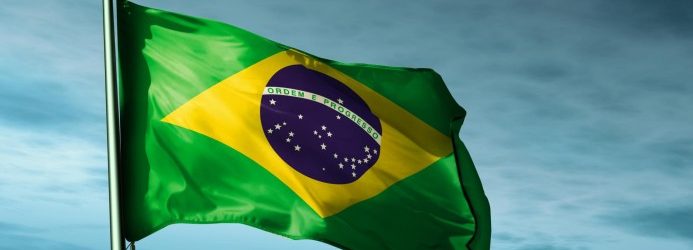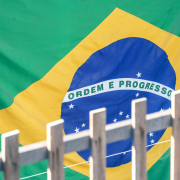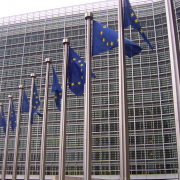Brazilian state and federal authorities have initiated sample collections in expanded monitoring of pesticide residues in food in the country. They will form the current national pesticide residues in food analysis programme, the Para. The programme was restructured last year, the national health surveillance agency, the Anvisa, says.
Analyses will include for the first time some active ingredients including the herbicides, glyphosate and 2,4-D. The number of foodstuffs to be analysed will rise from 25 to 36 under the new regime, representing some 80% of consumption of vegetable-based foods in Brazil, according to the official statistics body, the IBGE. The number of samples will also increase, as will the number of localities where they will be taken from 30 to 70.
Among the foodstuffs sampled in the first 32 weeks of the present study will be pineapples, lettuces, garlic, rice, sweet potatoes, beet, carrots, guavas, oranges, mangoes, chilies, tomatoes and grapes. The new study will collect and analyse foodstuffs over the next three years.
Findings from the last study covering the period 2013-15 found 19.7% of samples either included residues of pesticides not approved for use on that crop or residues above maximum residue limits (MRLs), but only 1.1% revealed potential for acute risk in 13 foodstuffs. The programme has been running since 2001.





